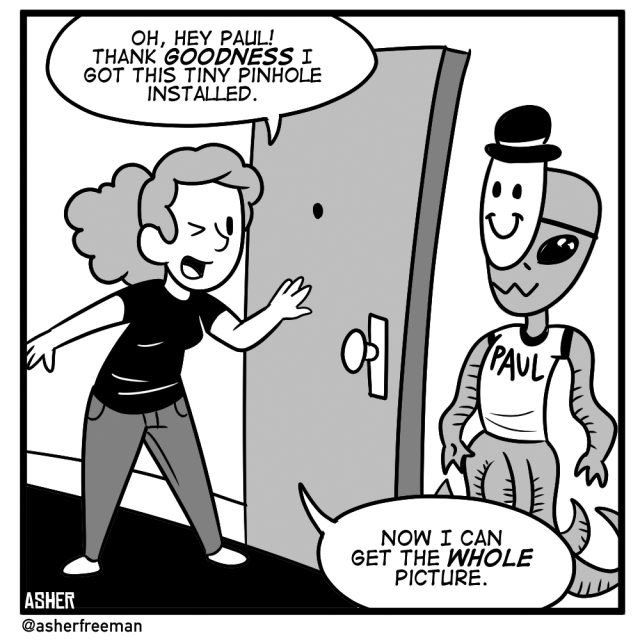The majority of Americans seem to think there is a war on police in our country based on a 2015 survey by the Cato Institute, a libertarian think tank. With the number of fatal police interactions increasing, there has been a call to put more measures in place to increase transparency and accountability of officers. One solution, has been implementing body cams.
The body cams are small cameras police officers can wear to record their interactions with others while they are on duty, which can provide audio and visual context to any given situation. Body cams can provide more than just a “he said, she said” account and are designed to make sure the truth of a specific incident is known.
That same Cato Institute survey also revealed that 92 percent of Americans are in support of body cams, showing that people of different races and those associated with different political parties agree that body cams are a positive step forward.
However, while body cams can provide useful information, they have limitations and simply can’t show all the details to fully to determine the truth behind an incident that occurred.
Body cams are worn by police officers and therefore show the perspective from the police officer. The footage often has a narrow angle and can be too shaky to see what is happening. They show how people react to the officer, but they don’t show what the officer is doing behind the lens.
Additionally, other limitations to using body cams include few regulations and monetary expenses. Cost is a big problem plaguing many police precincts trying to implement body cams. This includes covering the cost of buying the new cameras as well as data storage for them. According to a Time Warner Cable news report, body cameras can cost anywhere from $300 to $800 , and it can cost about $1,200 per camera to store all the data for one year. As the Lariat has previously reported, buying body cameras could cost Waco around $540,000.
In addition, there have been national discussions about who should review the footage to ensure it is being reviewed fairly and without bias, how long footage should be stored, what types of interactions should be recorded, and what recordings fall into the public domain and which ones don’t when it comes to privacy issues of those involved.
There are so many limitations surrounding the use of body cameras nationally and which precincts have the ability to implement them.
Body cameras can be useful and they are a good step forward, however they cannot be viewed as the end-all-be-all solution to issues of cop transparency and accountability in this country.
It is important we keep working toward making sure body cams can be used effectively and in the way they are intended, but it is also important to put additional measures in place to provide additional safeguards against both police officers and the citizens they protect.



